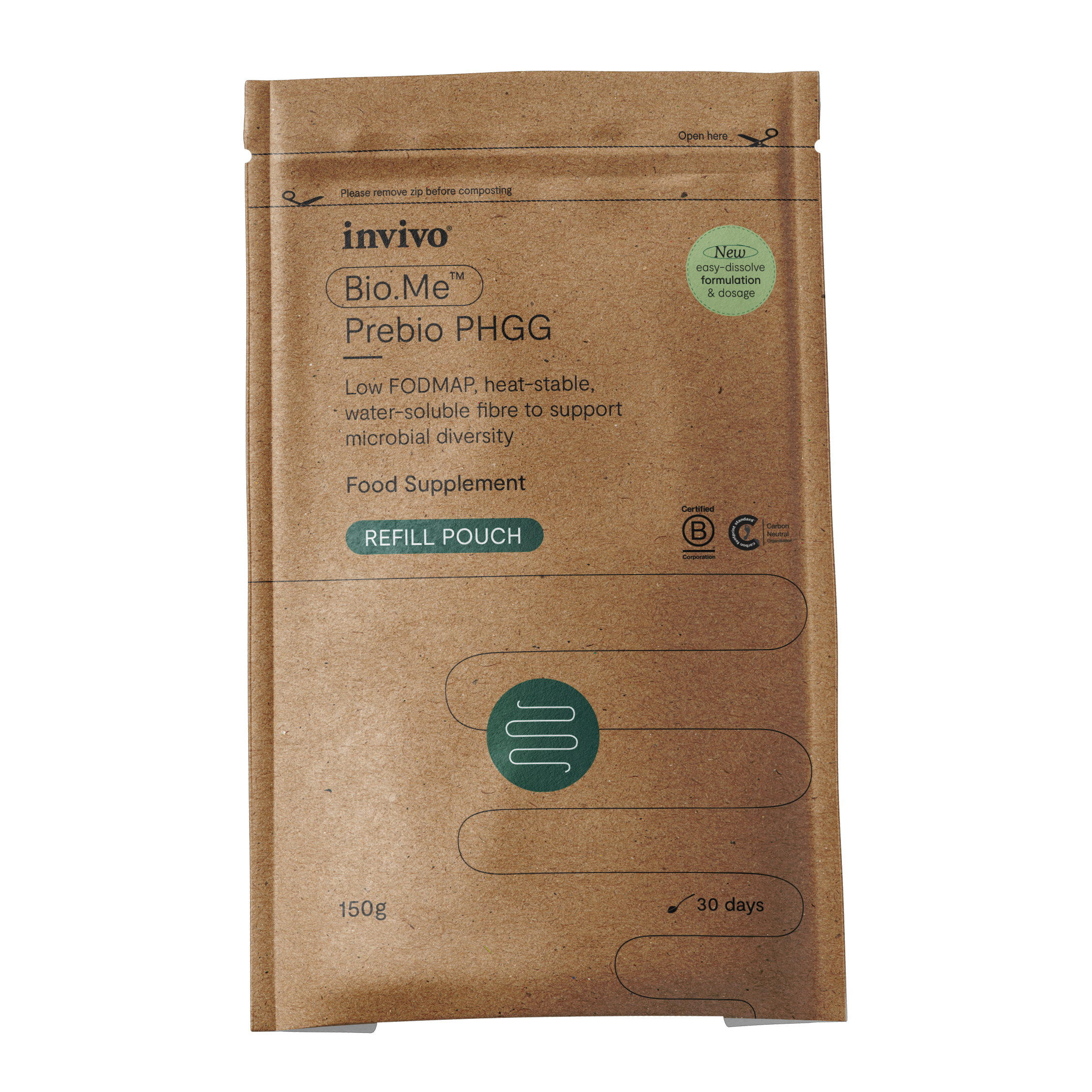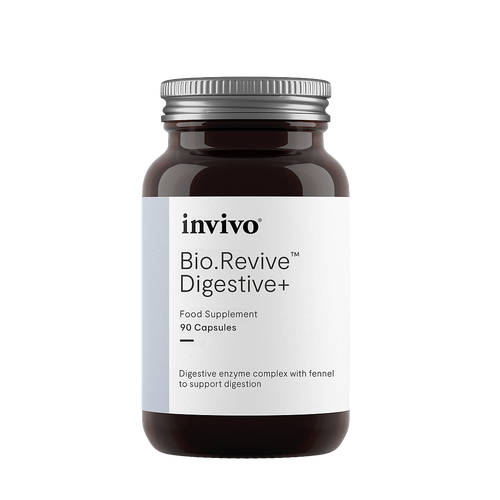What Is H Pylori

Helicobacter pylori (H. pylori) is a gram-negative bacterium that primarily resides in the stomach. It is estimated that more than half the world’s population is infected, with infection rates generally inversely correlated with socioeconomic status.
H. pylori was catapulted to celebrity status in 2005 when Doctors Barry Marshall and Robin Warren were awarded the Nobel Prize in Physiology and Medicine for proving that gastric H. pylori infection can result in peptic ulcer disease.
More than a decade later, it is now firmly established that H. pylori is a primary causative factor in heartburn and reflux disorders, gastritis and atrophic gastritis, and ulcers of both the stomach and duodenum. In a small percentage of patients, H. pylori pathogenesis may lead to stomach cancer.
Despite wide agreement of H. pylori’s ability to cause upper gastrointestinal symptoms, some doctors are still unaware of its disease-causing potential and, in the author’s opinion, H. pylori remains an underrated cause of morbidity in the general population.
Basic pathogenesis and symptoms
H. pylori colonisation and pathogenesis are complex processes. The basics hinge on H. pylori’s corkscrew shape, which enables it to bury through the stomach’s protective mucus secretions and into the stomach lining.
Once adhesion to the stomach lining has been established, H. pylori bacteria can initiate a significant local immune and inflammatory response. It is this response that causes typical upper gastrointestinal symptoms such as heartburn, gastritis and ulcers.
Some people harbour H. pylori without experiencing symptoms, some patients experience mild to moderate symptoms and some experience extremely unpleasant acute or chronic problems.
Acute infections can cause nausea, vomiting and extreme reflux/heartburn. Some patients experience such extreme pain in the chest area that they are rushed into the emergency room for fear of myocardial infarction.
The outcome of H. pylori colonisation depends on a combination of host and bacterial factors. For example, host genetics, nutritional status and stress levels can all affect the clinical outcome of H. pylori colonisation.
Of particular interest has been the discovery of different H. pylori strains or genotypes. We now know that H. pylori bacteria vary in their ability to trigger inflammation and thus disease.
Several H. pylori strains or “virulence factors” have been identified, including CagA, VacA, DupA and OipA. The most heavily scrutinized of these are the CagA and VacA strains, which appear to carry greater risk in terms of ulcer and stomach cancer development.
Because of wide differences in both host susceptibility and bacterial virulence, it is unwise to assume that H. pylori infection will be the same for everyone. Unfortunately, at the level of primary care, this assumption still takes precedence.
For Practitioner Use Only
More than just a gut bug?
Marshall and Warren’s Nobel Prize was a mixed blessing. On the one hand, it brought H. pylori into the limelight and offered tremendous opportunity for the mitigation of upper gastrointestinal disorders. On the other hand, H. pylori’s role in disease was somewhat pigeonholed.
Whereas many practicing medical professionals hold that H. pylori is really just a “gut bug” or, “the ulcer bug”, research intimates that H. pylori may contribute to a wide variety of symptoms outside and beyond the gastrointestinal system.
For example, H. pylori or its DNA have been detected in the eye, nasal cavity, oral cavity, middle ear, skin, liver, gallbladder, coronary arteries, peritoneum, large intestine, vaginal canal and semen. The clinical relevance of these findings remains unclear but perhaps H. pylori can trigger symptoms in these loci.
Over the last decade, review papers and meta-analyses have begun to associate H. pylori infections with a wide array of symptoms, disorders and diseases. It would be impossible to list them all here, but some examples include:
Depression, migraine, anaemia, autoimmune thyroiditis and other autoimmune presentations, certain skin disorders, kidney disease, male and female fertility problems, dysglycaemia and dyslipidaemia, cardiovascular disease, pulmonary disease, liver and gallbladder disorders, kidney disease and dementia.
Clearly, H. pylori does not cause all these problems in all patients.
Mechanisms of action
At first glance, it is inconceivable that a stomach infection could contribute to such an array of seemingly unrelated health problems. But, a closer look at possible mechanisms makes the associations highly plausible.
First, H. pylori is known to cause hypochlorhydria in some people, which results in iron deficiency anaemia and associated symptoms. H. pylori infection is also implicated in vitamin B12 deficiency.
Second, through mechanisms such as molecular mimicry, H. pylori has the potential to trigger autoimmunity in much the same way as Klebsiella and Proteus have been shown to trigger rheumatoid arthritis and ankylosing spondylitis by Dr. Ebringer et al at Kings College in London.
Third, the inflammatory cytokine storm triggered by H. pylori in the stomach can affect far off reaches of the body. Oxidative stress, C-reactive protein, fibrinogen, homocysteine and other systemic inflammatory markers are typically higher in patients with H. pylori, especially the CagA variant.
Fourth, as a gram-negative bacterium, H. pylori produces lipopolysaccharides that can induce an inflammatory response. LPS has been shown to disturb the hypothalamic-pituitary- adrenal axis, which may also contribute to clinical outcomes.
Fifth, the literature is quite clear that H. pylori disrupts the microbiome and gut-brain axis, which in turn may disturb gut permeability, motility, appetite, cognitive function, immune responses and pain sensitivity.
H. pylori testing
There are four main H. pylori tests, each of which carries advantages and disadvantages. These are 1) blood antibody test, 2) urea breath test, 3) stool antigen and 4) endoscopy with biopsy.
All testing methods are extremely valuable, but it should be remembered that sensitivity and specificity can never be perfect. A negative test using one method does not rule out H. pylori infection.
The development of molecular methods has transformed our ability to assess the microbiome. Alas, few patients are aware that such methods are available to them and endure excessive waiting periods before being tested.
At home DNA stool (Q-Polymerase Chain Reaction) analysis not only has the ability to identify H. pylori, but also the CagA and VacA strains and specific antibiotic resistance genes that identify the most appropriate treatment options. Co-infections and other dysbiotic problems can also be identified.
H. pylori treatment
H. pylori is treated with a combination of two antibiotics and a proton pump inhibitor, collectively known as triple therapy. Unfortunately, global eradication rates have dropped to around 70 per cent, which is below the acceptable standard for front line therapy. Rising antibiotic resistance is cited as the main reason for this decline.
In the author’s experience, H. pylori can be eradicated using a combination of botanical and nutritional agents, which are supported by the literature. These include curcumin, mastic gum, allicin, berberine, lauric acid, vitamin C, liquorice, zinc carnosine and bismuth.
Conclusion
Although its locus of infection is the stomach, it is clear from the literature that H. pylori has the potential to influence a vast array of health parameters. A little bit of heartburn today could lead to a lot of trouble later if it is not properly dealt with.
In the author’s opinion, much suffering and morbidity could be prevented by proper gastrointestinal function assessment, including but not limited to H. pylori. We can no longer ignore the role of the gastrointestinal system in systemic health and no better example than H. pylori serves to remind us of this.
You might be interested in…
The GI-MAP Stool Microbiome Analysis
References:
Sue K. Park Extra-digestive Manifestations of Helicobacter pylori Infection – An Overview. Chapters 1-6. http://dx.doi.org/10.5772/63226
Testerman TL et al . Beyond the Stomach: An updated view of Helicobacter pylori pathogenesis, diagnosis, and treatment. https://www.ncbi.nlm.nih.gov/pmc/articles/PMC4177463/
Beishuizen, A. Endotoxin and the hypothalamo-pituitary-adrenal axis.
https://www.ncbi.nlm.nih.gov/pubmed/12691614
Patel, SK et al. Diagnosis of Helicobacter pylori: What should be the gold standard? World J Gastroenterol 2014 September 28; 20(36): 12847-12859
Malfertheiner, P. et al. Management of Helicobacter pylori Infection. – The Maastricht IV/ Florence Consensus Report. http://gut.bmj.com/content/61/5/646.full
Filipa F Vale, Mónica Oleastro. Overview of the phytomedicine approaches against
Helicobacter pylori. World J Gastroenterol 2014 May 21; 20(19): 5594-5609.



